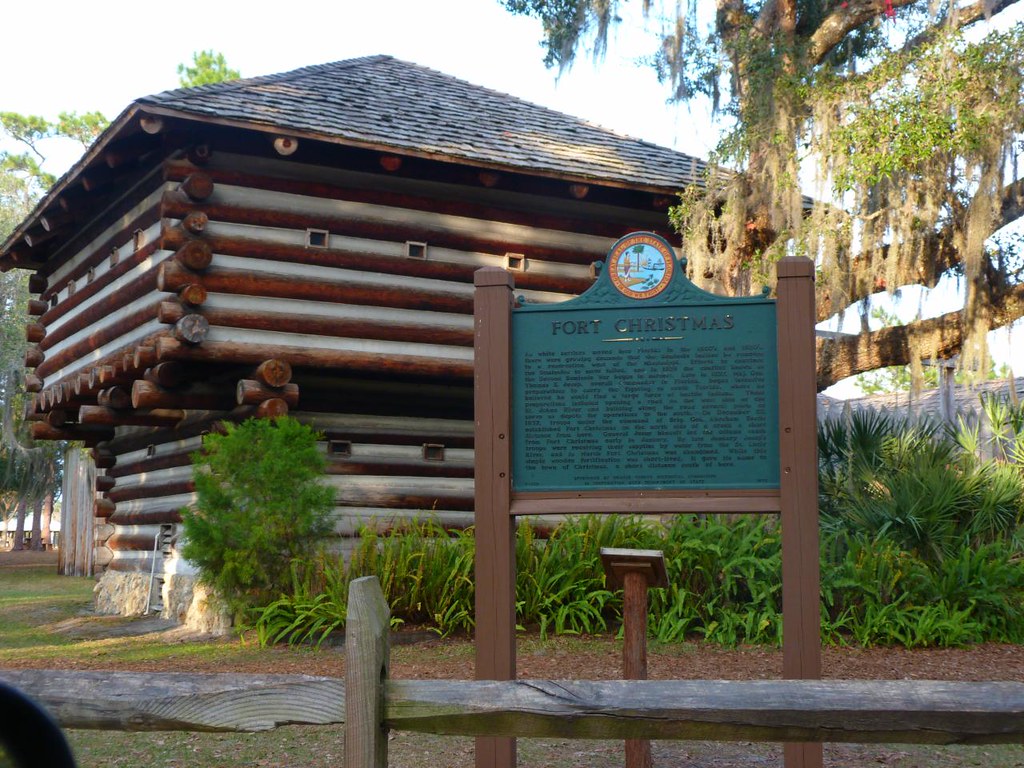A Merry Christmas to everyone reading Twelve Mile Circle who celebrates the day. A Happy Holiday or well wishes to everyone else as well. Every once in awhile the 12MC publishing schedule falls directly on Christmas. So a Christmas theme felt appropriate even with a diminished audience. Ironically, most people with enough time to read today probably don’t celebrate Christmas. Nonetheless I’m going to stick with it and plow forward anyway.
Christmas Island

For sure, Christmas Island needed to appear first on the list (map). Amazingly, even though the island fell pretty close to heavily-populated Java, Christmas Island remained unknown until the 17th Century. Various mariners spotted it during that time although it remained nameless until 1643.
Captain William Mynors of the English East India Company sailed within eyesight on Christmas day that year. Not being terribly original, Captain Mynors called it Christmas Island and the name stuck. However, nobody set foot on the island for another several decades. A permanent population didn’t arrive until the 1880’s, either. Now Christmas Island belongs to Australia as a territory with around two thousand residents.
The incredible red crab migration has always fascinated me. The wet season begins near the end of October. Then tens of millions of crabs leave their burrows in the forest and make their way to the shoreline to spawn in alignment with the cycles of the moon. Afterwards they return to the forest and life goes on. These waves of roving crabs cover every patch of available earth as they approach their destination. Officials literally shut down roads during peak periods to prevent tragedy for the local crab population. It’s an amazing spectacle and a big tourism draw. I’d love to see it in person someday.
Christmas Common, Oxfordshire

Nobody really knew how Christmas Common (map) near Watlington, England got its name. Theories pointed to “a 1643 Christmas Day truce between combatants in the English Civil War, local holly tree coppices, or the Christmas family, which had local connections.” People seemed to be guessing.
Christmas Common sat within the Chiltern Hills, a picturesque chalk escarpment designated an Area of Outstanding Natural Beauty by Natural England. This entire area recently experienced the successful reintroduction of Red Kites, a bird of prey, in the 1990’s.
“Red kites were driven to extinction in England by human persecution by the end of the nineteenth century. A small population survived in Wales, but there was little chance of these birds repopulating their original areas. Between 1989 and 1994, kites from Spain were imported and released into the Chilterns by the RSPB and English Nature (now Natural England). Red kites started breeding in the Chilterns in 1992 and now there could be over 1,000 breeding pairs in the area.”
A local entrepreneur also capitalized on Christmas Common by opening a Christmas tree farm, the Tree Barn. The farm included about a hundred acres of Nordmann Fir, Norway Spruce and other varieties. It claimed to provide the Christmas tree for 10 Downing Street for several years. I corroborated that with a quick search of the Intertubes. The Tree Barn supplied a Rocky Mountain fir in 2015. Unfortunately it did not win the contract in 2016.
Fort Christmas, Florida

The United States featured several Christmas towns. I selected one in Florida. Each year a steady stream of people travel to this little hamlet during the holidays. Naturally they send their Christmas cards through the local post office to get a special cancellations stamp. It adds a little touch of merriment, I suppose.
The Christmas name traced back to events long before the town existed. The United States staged a series of military actions against the native Seminoles, driving them further south by force and by treaty. The Seminole chieftain Osceola resisted these incursions, sparking what would become the Second Seminole War.
In response, the U.S. Army constructed a series of forts within the disputed area to protect settlers. One of these rose in eastern Orange County in 1837, a simple log stockade designed as a supply depot. Construction began on Christmas day and it became Fort Christmas as a result (map). The Army abandoned it a few months later when the Seminoles left the area.
The town took its name from the remote outpost that once stood there.
Christmas Valley, Oregon

Lake County, Oregon included a community called Christmas Valley, situated in a valley of the same name near Christmas Lake (map). They all got their names from the same source, a local pioneer named Peter Christman.
“So it would seem that Peter’s Creek and nearby Christman Lake were named after Major Peter Christman. Sometime between 1873 and 1877 people started calling Christman lake ‘Christmas.’ It is yet to be discovered exactly how the ‘s’ came to replace the ‘n’, but maps bearing the name ‘Christmas Lake’ would go into the hands of every homesteader that would come to the valley.”
The Christmas Valley community developed after the Second World War. It repeated the earlier mangling of the surname.

Leave a Reply